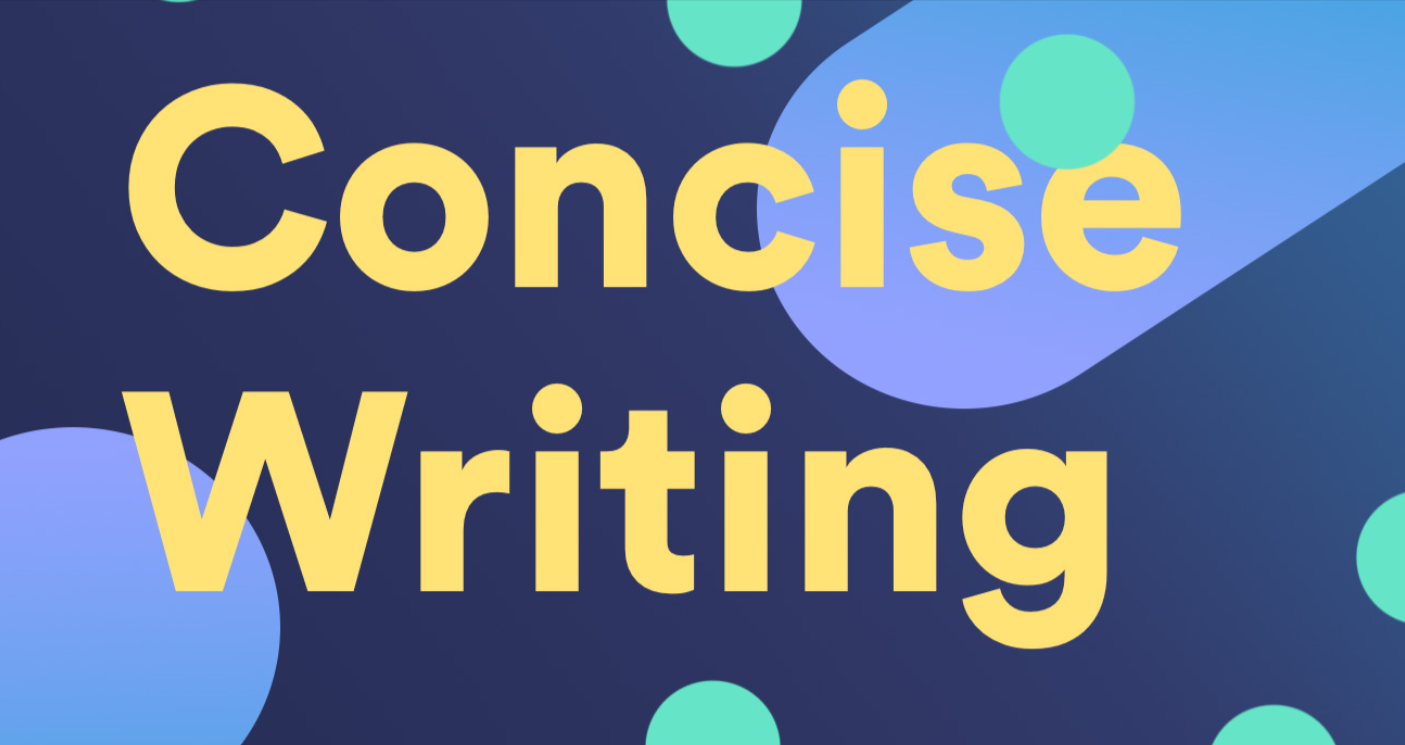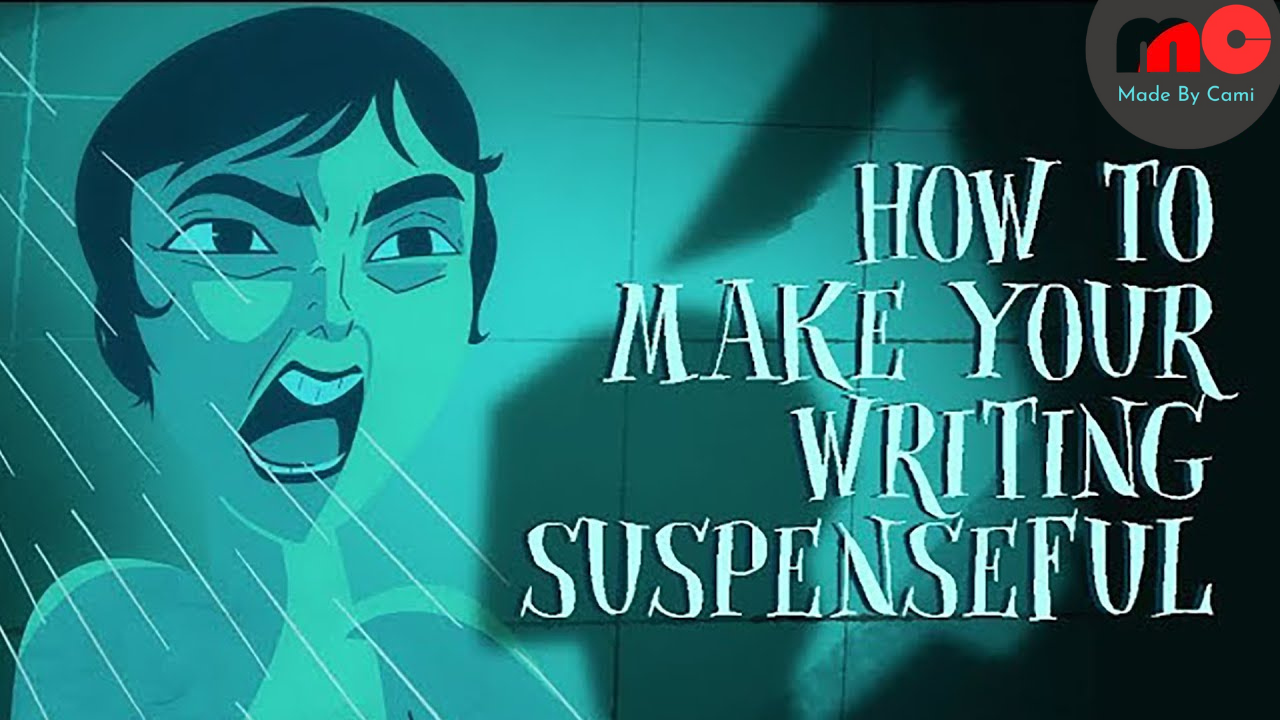How to Make Your Writing More Concise and Clear

Writing is a profound means of expression and communication. If the information is not organized accurately, the massage will become, vague and ineffective. Whether composing an email, writing an essay or a blog, or preparing for a business report, the need to be precise is evident. How do you achieve that? In the following lines, I will show you some simple yet practical methods for improving precision and clarity.
Why Conciseness and Clarity Matter
Before diving into the how, let’s first understand why conciseness and clarity are important:
- Easier to Understand: Writing that is concise and clear enables the provides the reader a ticket so to speak, to the big picture without the painstaking battle of words.
- Increased Engagement: Straightforward writing will engage the reader due to ease in comprehension and absorption of information as well as retention with minimal effort.
- Improved Comprehension: The Statements that are easily comprehensible are simple and easy to read which grabs the attention of most readers, thus making them highly comprehensible.
Having noted the above, reasons these constructs are very important, lets us now consider how to implement them in your writing or other documents.
1. Defining Your Goals
The first part of clarifying your message entails determining what it is. Consider this: What do I wish to communicate? Who do I want to reach? Which goals do I wish to accomplish? Knowing the reason behind your writing helps you put focus on what matters. Drift further from your central message, and there will less clarity to the content.
2. Phrase Words into Sentences
A phrase that has become too intricate is referred to as one which explains beyond its original premise, with the phrase itself serving as a primary example. While writers ought to use more accessible phrases, which ease communication, ironically, many adopt the opposite approach of using complex phrases, leading to convoluted communication. Such phrases are:
"Due to the fact that" - “Because of”
"In order to" - “To”
"At this point in time" - “Now”
"In the event that..." - "If"
In addition to them being simplistically vague, these phrases are what complicate sentence structure, therefore omitting them would simply increase clarity throughout writing.
3. Lesser Use of Slang Words
With the use of informal terms comes the possibility of a mix–up, hence why those broad terms or jargon cannot be classified as within formal writing.
The collection of straightforward vocabulary has a different and broader options from which non speakers of the language may opt to select words without the worry of being deemed as caustic or overly informal.
For instance:
- Change “Utilize” for “Use.”
- Change “Commence” for “Start.”
- Change “Terminate” for “End.”
Still, the most important detail is to steer clear of too complicated vocabulary and phrases. Always remember who is your audience.
4. Eliminate Unnecessary Details
Another example is repetition. Repetition is when details or aspects of concepts are presented more than once through different statements and is known to consume more space and make the writing deficient.
For example:
- “Every single one of” can be contracted to “Every” or “Each.”
- “Totally required” can simply be expressed as “Required.”
- “Free of charge gift” is just “Gift” for shorthand.
Absence of these phrases transforms your writing from creating boredom to providing clarity and interest.
5. Use Simple Language
In not making unnecessary long statements, you automatically improve writing readability. In addition, there is little purpose for unjustified filler sentences. Instead, construct a statement that encompasses all the ideas presented.
Instead of:
It is important to note that the meeting has been rescheduled due to certain unforeseen circumstances."
Use:
"Unexpected events have caused this meeting to be rescheduled."
One does not have to be rude and harsh as being brutally direct does not require too many words. It is simply removing unnecessary words and attention seeking phrases or details.
6. Passive Voice Should Be Avoided
The use of passive voice makes a piece of writing more complicated than it ought to be. Such sentences tend to be unnecessarily long because the subject is on the receiving end of the action.
For Example:
Passive: “The report was completed by the team.” Active: “The team completed the report."
As seen from the example above, active voice makes a sentence clearer. Keep in mind that planning active voice will become more simple, and do your best to make use of it.
7. Use Bullet Points or Lists
Lists divide difficult concepts into manageable sections while calling attention to relevant details. Lists are easier to read and comprehend when there are multiple points that need to be made.
"There are several reasons as to why it is advantageous to use bullet points." For instance. First, they provide a better method of organizing ideas. Second, they allow for easier content scanning. Lastly, they increase the overall content quality of the writing.”
You can also say:
Reason for Using Bullet Points:
- Enhances idea organization
- Scanning the content becomes easy
- Improves content quality
By creating lists, long paragraphs can be reduced, thus improving the conciseness of the written work.
8. Edit Ruthlessly
Step editing is one of the most, if not the most, tedious and painful parts of the writing process but also one of the most important. Editing is crucial in ensuring content is clear and concise. For instance, after you have drafted as the first step, edit the step where you review your work to get rid of any words or phrases that drip content without making sense. Eliminate content that is not purposeful. Eliminating purposeless content assists in the creation of a refined piece of work.
While editing think through the following queries:
Does this sentence help cover my main idea?
Are there unnecessary fillers?
Can this idea be edited down while still keeping its essence?
Evidence changes increases clarity to the text. The accuracy and brevity of the piece is greatly improved through changes in word choices combined with further modifications.
9. Use Short Sentences
A section is confused beyond understanding when the sentences within that particular section are long and complicated. Fulfilling the audience’s expectation in the use of simple structures for clear and straightforward communication.
Use these examples:
Long sentence example: “A meeting, set for Friday afternoon, was pushed to the week after because of attention-demanding circumstances which changed a lot of people’s plans.”
Shortened version: “The meeting was set for Friday afternoon and has been pushed to the following week because of some unexpected events.”
The repetition of long sentences is a trap pulled on readers which causes them to enter into a state of persistent monotony. Strive to be precise and direct as it will enhance the ease with which your audience tailors information.
10. Consider the Most Important Information Your Audience Needs
The core pieces of information should remain the focus of your work. Any elements which are irrelevant and do not add value to the comprehension of your primary aim should be removed.
Example: In a formal business communication email, there is no reason for including courtesy pleasantries and irrelevant small talk that do not further the objective of the email.


